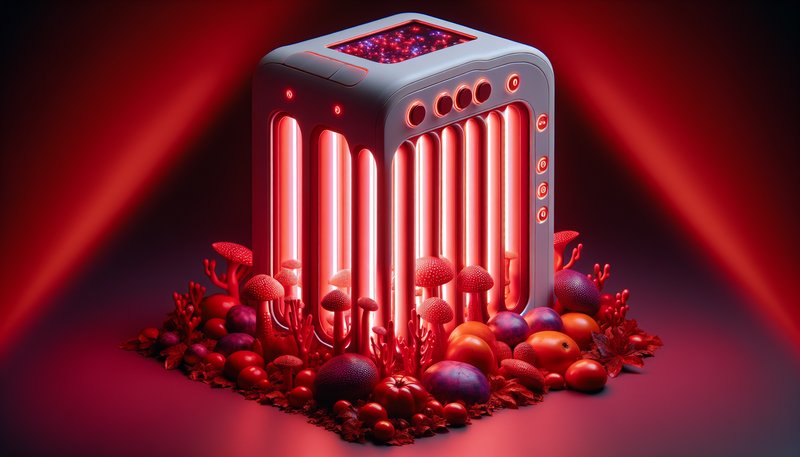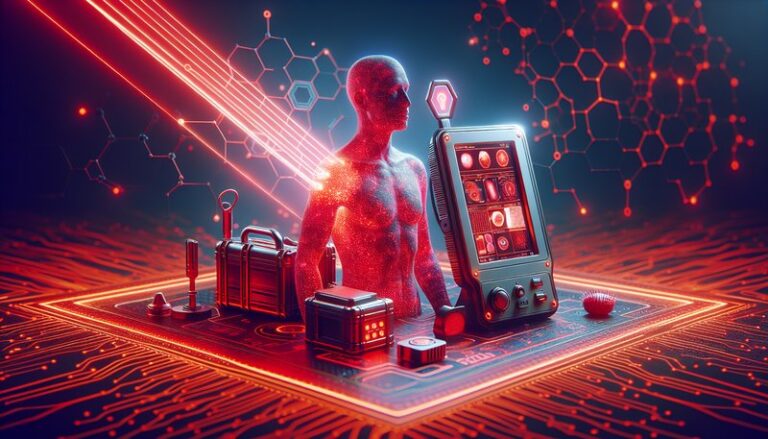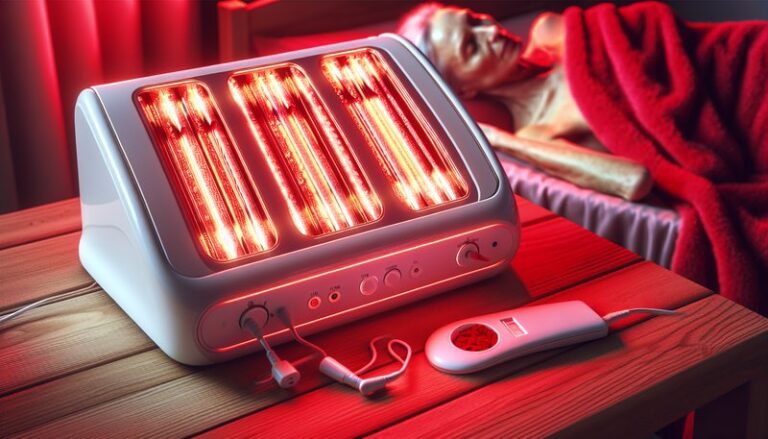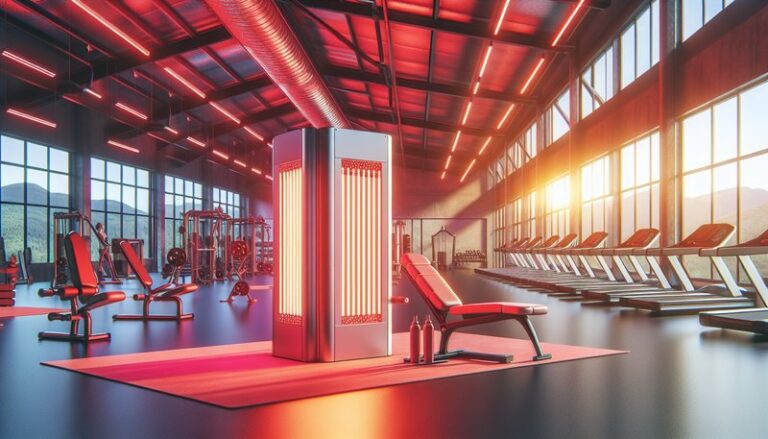How Long For Red Light Therapy?
Is red light therapy the key to enhancing your health and wellness?
In recent years, red light therapy has gained popularity for its alleged ability to promote healing, reduce inflammation, and improve skin health. But how long should each session last for optimal results? This article will explore the recommended duration for red light therapy sessions, the benefits of this treatment, factors to consider, alternatives, and frequently asked questions.
Learn the details in Can Red Light Help Asthma?
Key Takeaways
- The typical duration for red light therapy sessions ranges from 10 to 20 minutes.
- Results may vary depending on individual needs and the condition being treated.
- Consistency is key; regular sessions yield the best outcomes.
What is Red Light Therapy?
Red light therapy (RLT) is a treatment that utilizes low-wavelength red light, typically between 600 to 900 nanometers, to stimulate cellular repair and rejuvenation. This non-invasive therapy has been used for various applications, including pain relief, wound healing, and skin rejuvenation.
The therapy works by penetrating the skin and promoting the production of adenosine triphosphate (ATP), the energy currency of our cells. Increased ATP levels can enhance cellular function, leading to improved healing effects and reduced inflammation.
Types of Red Light Therapy Devices
Red light therapy is available through a variety of devices, including:
- LED panels: These large panels emit uniform light and are often used in clinics.
- Handheld devices: Portable and easy to use at home, suitable for targeting specific areas.
- Laser therapy: More concentrated light used for precise applications, often in clinical settings.
What are the Benefits of Red Light Therapy?
Red light therapy offers numerous advantages across different applications. The following points highlight the primary benefits associated with this modality.
Enhanced Skin Health
Many people use red light therapy for skin issues such as acne, wrinkles, and scars. Research shows that RLT can stimulate collagen production, leading to improved skin texture and elasticity.
Pain Relief
Red light therapy has been linked to reduced pain, particularly in chronic conditions like arthritis and muscle soreness. The therapy’s anti-inflammatory effects can help improve circulation and promote natural healing mechanisms.
Improved Recovery
Athletes often turn to red light therapy to speed up recovery from injuries and enhance athletic performance. It can help reduce muscle soreness and inflammation post-exercise, allowing for quicker returns to training.
Other Benefits
- Mood Enhancement: Some studies suggest that RLT may help alleviate symptoms of depression and anxiety.
- Hair Growth: RLT may effectively treat certain types of hair loss by stimulating scalp circulation.
Is it Possible to Overuse Red Light Therapy?
While red light therapy is generally considered safe, it is essential to approach usage with awareness to avoid potential overexposure.
What are the Advantages of Controlled Usage?
Regulating session duration can maximize benefits while minimizing any adverse effects. Short, frequent sessions tend to be more effective than prolonged sessions, which could lead to skin irritation or diminished results.
What are the Disadvantages of Overusing Therapy?
Using red light therapy too frequently may not yield additional benefits. Excessive exposure can result in skin irritation, particularly for sensitive individuals or those with underlying skin conditions.
What are the Things to Consider Before Starting Red Light Therapy?
Before initiating red light therapy, several important factors must be considered.
Consultation with a Healthcare Provider
Consulting with a healthcare provider, especially if you have pre-existing conditions or are pregnant, is essential to ensure safety and appropriateness.
Type of Device
Choosing the right type of device matters; each may deliver varying wavelengths and intensities affecting outcomes. Opting for clinically approved devices can increase efficacy.
Session Frequency
The frequency and duration of sessions should align with personal goals. For maintenance, users might benefit from shorter, regular sessions, while therapeutic needs may require longer sessions initially.
Owner’s Manual and Guidelines
Adhering to manufacturer guidelines about session duration is crucial. Each device is designed with specific protocols for optimal use.
What are the Alternatives to Red Light Therapy?
If red light therapy isn’t suitable or accessible, consider these alternative treatments.
Infrared Therapy
Infrared therapy uses longer wavelengths to penetrate deeper tissues, providing similar benefits for pain relief and inflammation reduction.
Cryotherapy
Cryotherapy involves exposing the body to cold temperatures to alleviate pain and inflammation, promoting faster recovery after intense workouts.
Learn the details in Does RLT Tighten Skin?
Ultrasound Therapy
Ultrasound therapy utilizes sound waves to promote tissue healing and reduce pain, often used in physical therapy settings.
Massage Therapy
Massage therapy can improve circulation, ease muscle tension, and reduce pain. It’s a more hands-on alternative offering stress relief alongside physical benefits.
Conclusion: Is it Recommended to Use Red Light Therapy?
Red light therapy can be an effective tool for various applications, from pain relief to skin improvement. While the typical session lasts between 10 to 20 minutes, individual needs and specific conditions play a significant role in determining the best approach. Following guidelines and consulting with a healthcare professional can help individuals tailor their red light therapy experience for maximum benefit.
Frequently Asked Questions
How often should I do red light therapy?
For general wellness, 2-3 times a week is often recommended. However, addressing specific health concerns may require more frequent sessions initially.
Can I use red light therapy every day?
Yes, daily use is possible; however, it’s essential to monitor skin response and consult with a professional on appropriate duration and frequency based on individual needs.
Are there any side effects of red light therapy?
Most users experience minimal side effects, though some may notice temporary redness or irritation. It’s crucial to follow device instructions and consult a professional if concerns arise.
Can red light therapy be used for hair growth?
Yes, studies have shown that red light therapy can stimulate hair growth in individuals with certain types of hair loss, like androgenetic alopecia.
Is red light therapy safe for everyone?
While RLT is generally safe, individuals with certain medical conditions or skin sensitivities should consult a healthcare provider before starting therapy.






